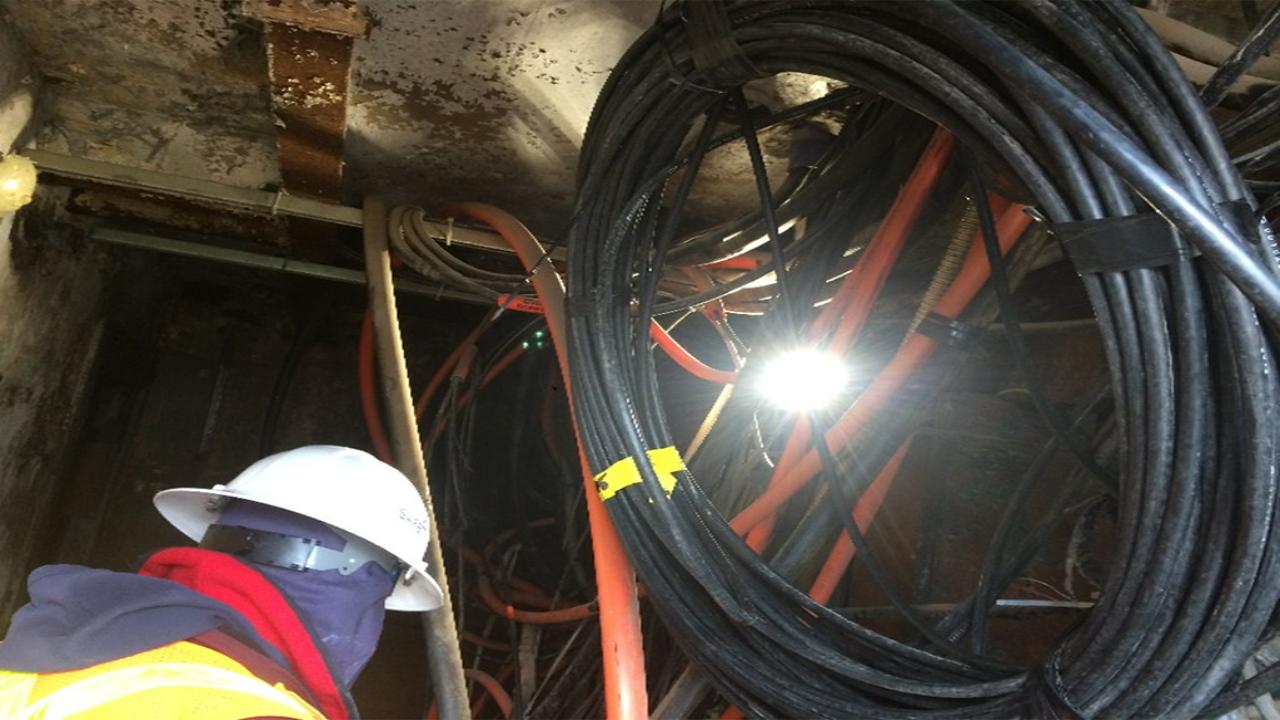The telecommunications industry is witnessing a revolutionary change with the advent of air blown fiber optic technology. This innovation is not just a leap in technology; it’s a game-changer in how we think about, install, and use telecommunications networks.
Understanding Air Blown Fiber Optic Cable Technology
Air blown fiber optic cable, a cutting-edge technology in the field of telecommunications, involves the use of compressed air to propel air blown fiber optic cables through a pre-installed duct. This method is drastically different from traditional cable laying techniques, which often involve pulling or pushing the cable through the duct.
The Technology Behind It
The technology hinges on its simplicity and efficiency. A specialized blowing machine is used to introduce these cables into the duct, with air pressure efficiently propelling them through. This method minimizes physical strain on the cable, reducing the risk of damage during installation. To get more professional knowledge on it, click here.
The Impact on Telecommunications
Enhanced Network Efficiency
One of the standout benefits of ABF optic cables is the significant improvement in network efficiency. These cables can transmit data at remarkably high speeds, far surpassing traditional copper cables. This results in faster internet speeds and more reliable network connections, essential in our increasingly digital world.
Future-Proofing Networks
Another key advantage is the future-proofing aspect of this technology. With the ability to easily add additional cables to existing ducts, networks can be expanded or upgraded with minimal disruption. This adaptability is crucial as the demand for higher bandwidth and faster internet services continues to grow.
Comparing with Traditional Methods
Reduced Installation Time
A major benefit of these cables is the reduced installation time. Unlike conventional methods that can be labor-intensive and time-consuming, this technology allows for quicker and more efficient installations. This efficiency translates into cost savings and reduced disruption in urban areas during network upgrades.
Lower Risk of Damage
The traditional methods of installing these optic cables often involve a higher risk of damage during the installation process. In contrast, the air blown method significantly reduces this risk, leading to a more reliable and secure installation.
Environmental and Economic Benefits
Minimizing Environmental Impact
From an environmental perspective, ABF optic cable installation is less invasive. The process requires smaller trenches or sometimes no digging at all, which means less disruption to the surrounding environment and ecosystems.
Cost-Effectiveness
Economically, this method proves to be more cost-effective in the long run. The initial investment in the specialized equipment is offset by the reduced labor costs, quicker installation times, and lower maintenance requirements.
Conclusion
The introduction of air blown fiber optic cable technology marks a significant milestone in the evolution of telecommunications. This innovative approach not only enhances network efficiency and reliability but also offers environmental and economic benefits. As the world moves towards an increasingly digital future, the adoption of air blown fiber optic cable technology will play a pivotal role in shaping efficient, sustainable, and high-speed telecommunications networks.
